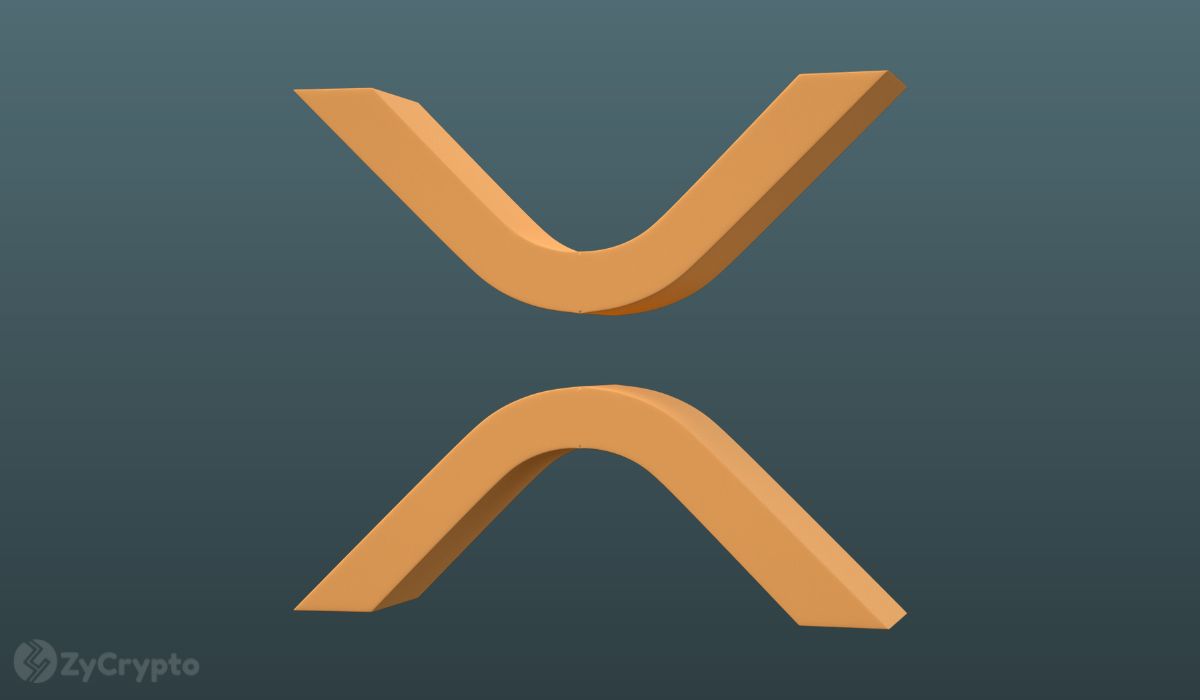ARTICLE AD BOX
Late Tuesday, the Cardano network experienced a distributed denial of service (DDoS) attack, an attempt characterized by a significant surge in malicious activity aimed at disrupting its operations. However, the robust mechanisms of the blockchain effectively mitigated the attack, ensuring continued stability and operation.
Cardano Not Disrupted By the DDoS Attack
According to @ElRaulito_cnft, Chief Technology Officer at Fluid Token, the attack commenced on block 10,487,530 with each transaction executing a remarkable 194 smart contracts of the type REWARD and spending 0.9 ADA per transaction. This strategy was intended to overload the network by filling each block with these complex transactions, aiming to create a backlog and degrade the network’s performance. “In this way, they can send large transactions while spending the least possible amount,” @ElRaulito_cnft explained.
Philip Disarro, founder of Cardano development firm Anastasia, presumably played a pivotal role in neutralizing the threat. Disarro’s prompt public response on X seems to have influenced the attacker’s decision to cease their activities.
“DDOSer halted his attack after reading my tweet in an effort to protect his funds. Alas, they were too late and the pillaging of their funds is already in progress. Thanks for the free money moron. Truly iconic that the attacker who presumably wanted to damage the ecosystem actually ended up donating to the open-source smart contract development work we do at Anastasia Labs & funding Midgard,” Disarro explained via X.
The Cardano community closely monitored the situation as it unfolded. Big Pey, a prominent content creator within the Cardano ecosystem, reassured the community via X, stating, “Someone tried to DDOS Cardano today. Barely anything happened, and the network didn’t crash. ADA is resilient.” This sentiment was echoed across the community, highlighting confidence in the network’s stability and security measures.
Jason Matias, founder of The Art of Selling Art, visually described the impact of the DDoS attack on network operations. “This is what the DDoS attack on Cardano looks like right now. The grey gear icons are the spam transactions that someone is sending, creating larger, more difficult to process blocks,” Matias noted, clarifying how the transactions visually appeared within network monitoring tools.

Cardano’s use of the extended Unspent Transaction Output (eUTxO) model was instrumental in mitigating the impact of the DDoS attack. This model differs significantly from the account-based models used by other major blockchains like Ethereum. In the eUTxO model, each transaction output contains not only a value but also a script defining how the funds can be used next, which allows the protocol to handle each transaction output independently.
This architectural choice enables better scalability and security, as it prevents transactions from interfering with each other, thereby isolating potential issues like those introduced by the DDoS attack. The independent processing of each transaction ensures that malicious activity affecting one does not compromise the integrity of others, allowing the network to maintain high throughput and reliability even under duress.
Following the attack, the ADA price wasn’t affected. The ADA price is up 5% in the last 24 hours, trading at $0.39.

.png)
 6 months ago
4
6 months ago
4








 English (US)
English (US)